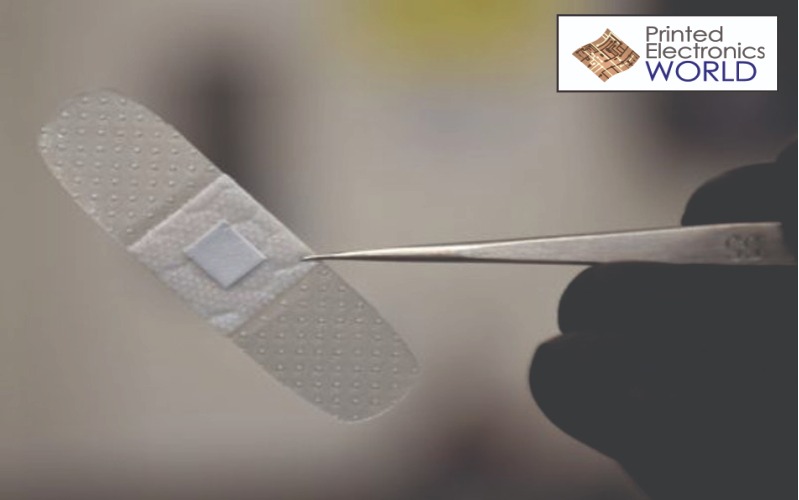
Smart Bandage Diagnoses Infection
25 May 2021: Bandages are great for covering wounds, but they would be much more useful if they could also detect infections. By embedding nanosensors in the fibers of a bandage, University of Rhode Island Assistant Professor Daniel Roxbury and former URI graduate student Mohammad Moein Safaee have created a continuous, noninvasive way to detect and monitor an infection in a wound.
Single-walled carbon nanotubes within the bandage will be able to identify an infection in the wound by detecting concentrations of hydrogen peroxide,” said Roxbury, a researcher in URI’s College of Engineering. Until now, the challenge with using nanotubes for this purpose has been immobilizing them in a biocompatible manner such that they stay sensitive to their surroundings, according to Roxbury. For further information see the IDTechEx report on “Advanced Wound Care Technologies 2020-2030.”
The microfibers that encapsulate the carbon nanotubes accomplish both of these tasks,” Roxbury said. “The nanotubes do not leach from the material, yet they stay sensitive to hydrogen peroxide within the wounds.”
The “smart bandage” will be monitored by a miniaturized wearable device, which will wirelessly (optically) detect the signal from the carbon nanotubes in the bandage. The signal can then be transmitted to a smartphone-type of device that then automatically alerts the patient or a health care provider. “This device will solely be used for diagnostic purposes,” said Roxbury.
“However, the hope is that the device will diagnose an infection at an early stage, necessitating fewer antibiotics and preventing drastic measures, such as limb amputation. We envision this being particularly useful in those with diabetes, where the management of chronic wounds is routine.”
The technology behind the smart bandage is further described in an article published in Advanced Functional Materials. Roxbury, Safaee and URI doctoral student Mitchell Gravely authored the article. Safaee, who completed his doctorate in chemical engineering at URI in December 2020, learned how to create polymeric fibers as an undergraduate student prior to coming to URI.
Source: www.printedelectronicsworld.com






